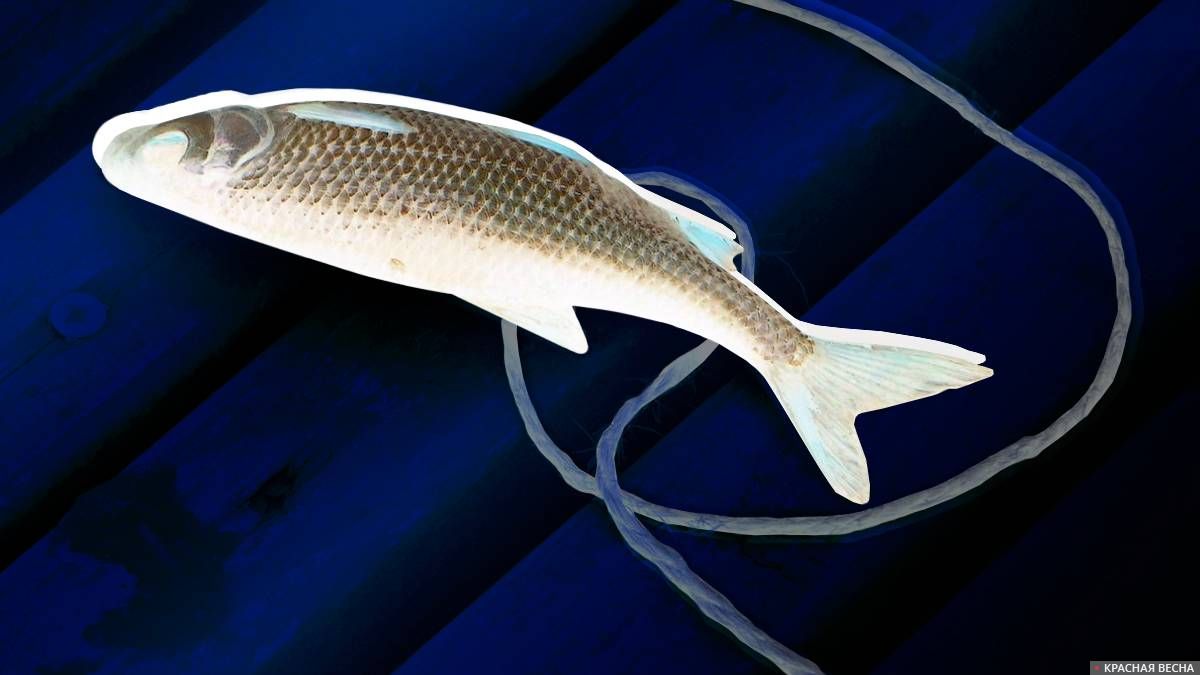
The Japanese government was unable to overcome fears regarding the upcoming release of radioactive water from the Fukushima-1 nuclear power plant in 2023, Kyodo News reports on March 13.
To eliminate the consequences of the disaster that occurred on March 11, 2011, a significant amount of water was used at the power plant. It cooled the molten nuclear fuel.
Due to various circumstances, it was mixed with groundwater and rainwater, and in 10 years the total mass of water used exceeded 1.3 million tons. The station’s operator, Tokyo Electric Power Company (TEPCO), subjected the water in contact with the reactor to deep purification, but was unable to remove the weakly active isotope of hydrogen, tritium, from it.
The water was stored for several years in special tanks near the destroyed station, but in 2021 the government decided to dump the water into the Pacific Ocean, since it couldn’t think of any other way to dispose of it.
The plan drew heavy criticism from Japan’s immediate neighbors, including South Korea and China. Furthermore, local farmers opposed such a plan.
The Japanese government promised their entrepreneurs to compensate all possible losses associated with a possible loss of reputation of the fishermen’s products, as well as to spread information about the alleged safety of this procedure as much as possible. The reboot is scheduled for spring or summer 2023.
Despite a promise to provide financial assistance and buy back products if they don’t sell due to backlash from consumers, fishing associations across Japan are strongly opposed to the plan.
Kyodo quotes Masahiro Ishibashi, a fisherman from the port of Some in Fukushima Prefecture. According to him, after the disaster, he did not think that local businesses could work again, but after more than ten years they were able to resume work and partially restore the damage to their reputation.
“Water spillage can destroy everything that has been created up to now. I want the government and TEPCO to think a little more about this.”Ishibashi said.
It is highlighted that the fisheries located in Fukushima Prefecture, according to the results of 2022, have developed approximately 20% of the volume of fisheries observed before the disaster.
According to the planned plan, the operator of the station will mix radioactive water with seawater to reduce the concentration of tritium to below one fortieth of the country’s needs. After that, the mixture will go to the ocean through a kilometer-long underwater tunnel.
Source: Rossa Primavera
I am Michael Melvin, an experienced news writer with a passion for uncovering stories and bringing them to the public. I have been working in the news industry for over five years now, and my work has been published on multiple websites. As an author at 24 News Reporters, I cover world section of current events stories that are both informative and captivating to read.
